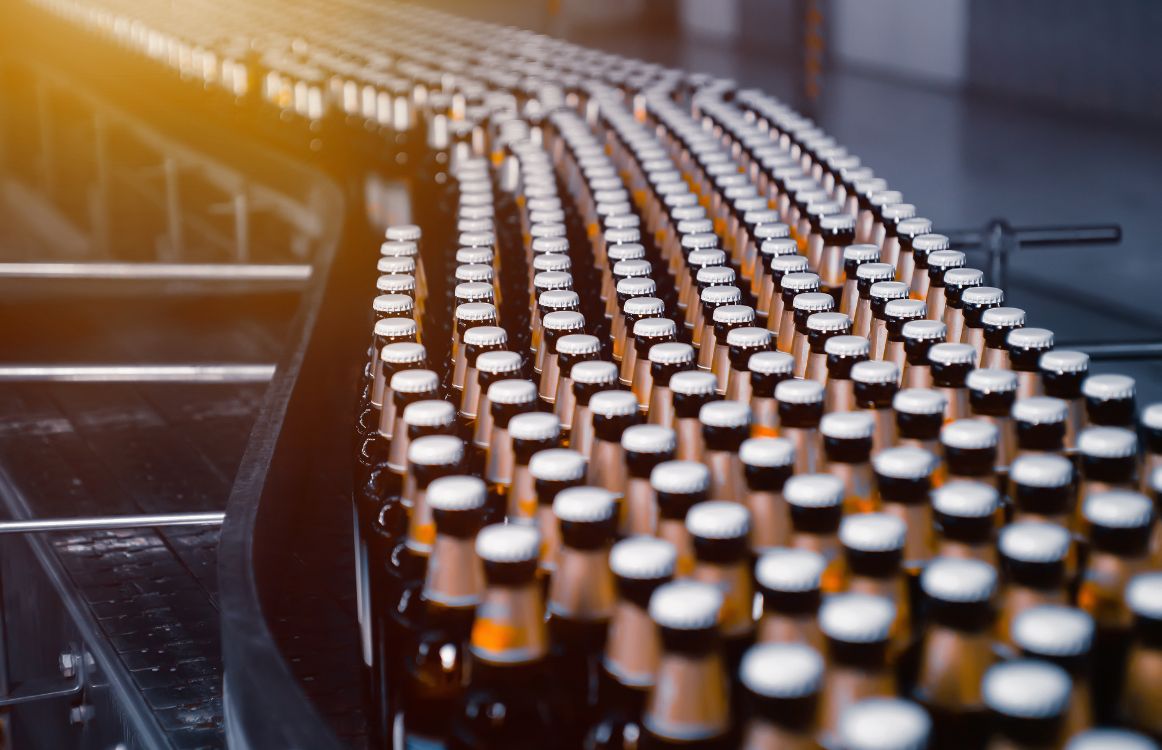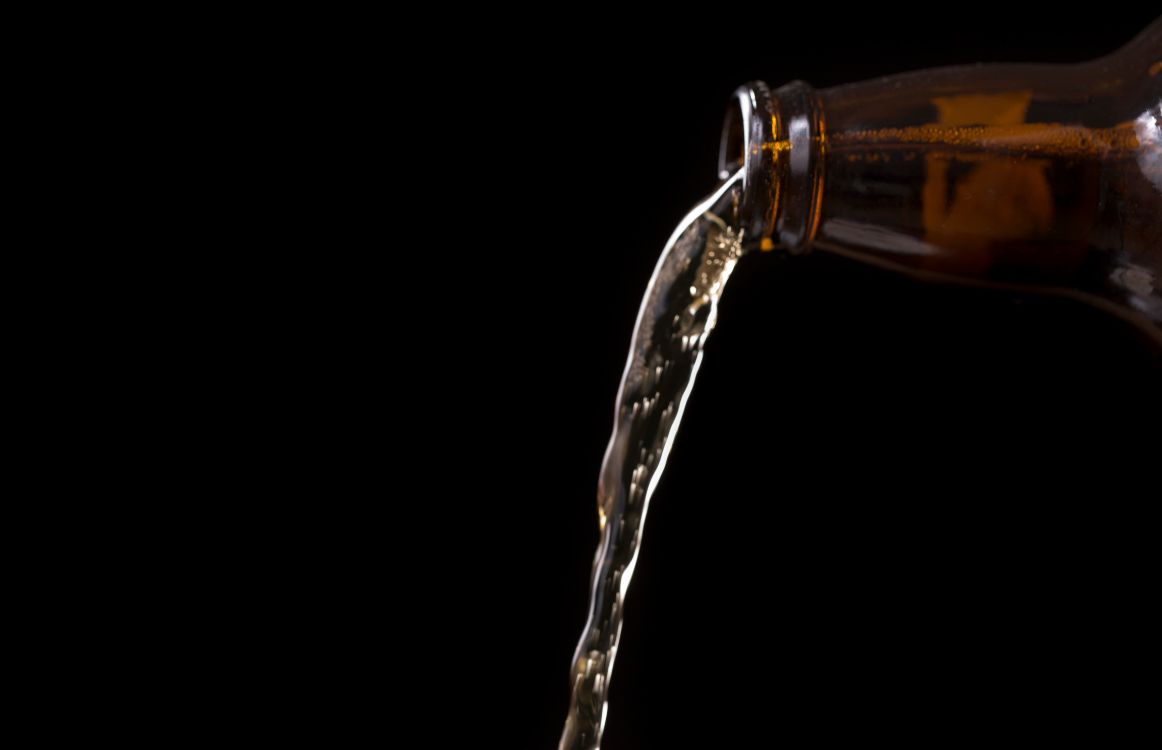How to Bottle Beer Without Sediment
It can be frustrating to make a beautiful batch of beer and have the bottoms of your bottles be full of sediment. It’s not going to hurt anything, but if you don’t want it there, you’re likely racking your brain trying to figure out how to get rid of it. Rest assured: we’ve got plenty of options for how to bottle beer without sediment.

What Is Sediment in Beer?
First, note that sediment in beer is perfectly safe, it will not harm your beer drinker, it should not affect the flavor or aroma of the beer, and it is also quite common. What is beer sediment? It is the dregs, or the leftovers of ingredients it took to make your beer. Think of it like tea leaves at the bottom of a teacup.
To make beer, you add roasted, cracked grain to boiling water and get the sugars all extracted to make wort. You add hops to the mixture to cut down on the sweetness of those sugars. And you add yeast to ferment the wort, which will eventually become beer. You might think that when you rack your beer for the first time, sending only the liquid into the fermenter, that you are free of sediment, but you are not.
Once you are done fermenting, you will note the trub at the bottom of the vessel; that’s all debris or sediment. Even after you’ve removed the trub, you will still have some sediment when you bottle the beer. It is just the nature of the brewing process.
So, how do you bottle without sediment?
How to Bottle Beer Without Sediment
Also read:
How to filter sediment out of beer
Why do bottle-conditioned beer contain sediment?
Secondary Fermentation and Racking
The first and most important step is to ensure you give your beer time to settle. Upon completion of the first stage of fermentation, all beer is going to be a bit cloudy. The yeast, the proteins, the hops, are all settling into the beer and drifiting to the bottom of the vessel. Give your ingredients and chemical compounds time to settle.
Also be sure you engage in secondary fermentation. Secondary fermentation typically involves racking the beer – or transferring it from one vessel to another. When you make this transfer, you’ll want to allow the beer to fully settle first. Ideally, you will not have jostled the vessel too much during primary fermentation, and it will have been several days since the start. In this case, much of the sediment will have already settled. During transfer, be careful not to disturb any existing sediment so you can get a clean pour.
Next, during secondary fermentation, any remaining yeast will have been activated and awoken, kicking up a cleanup process that smooths out flavor and aroma. After a couple of weeks, any remaining sediment will have settled once more. You can rack one more time, transferring the beer to a new clean vessel, again taking care not to disturb the sediment, and start your bottling process.

Add Irish Moss
Adding Irish moss is another way to aid in the removal of sediment as this form of algae naturally encourages the proteins in your beer to form larger sediment clumps, which are then easier to filter out. Be sure to add approximately 1 tsp of hydrated Irish moss per 5 gallons of wort during the last 10 minutes of your boil. The algae will help prevent sediment from getting into the fermenter.
Add Gelatin
You can also add gelatin or other fining products to the primary or secondary fermenter, which will have the same effect as the Irish moss. You will see larger clumps form, which will then be easy to remove. Note that while Irish moss works best during the boil, gelatin is best added when the beer has cooled. Add ½ tsp of gelatin to ¼ cup of water. Add a bit of hot water to warm up the solutions. Finally, add the total solution to the fermenter a couple of days before fermentation is complete.
Filter
You don’t really need a filter. If you take any or even every other step outlined here, a filter is unnecessary and expensive. But we wanted to be sure to cover it as it is an option. To filter your beer, you’ll need two clean kegs and a filter line. You’ll then run your beer through a paper filter line to the other keg. Note that you run the risk of filtering out a ton of flavor and aroma compounds should you choose this step.
Get a Sediment Catcher
Finally, you can invest in a sediment catcher, which you would place at the top of the bottle of beer and turn the bottle upside down. The catcher will catch the sediment as it settles, and you can remove the catcher and the sediment.
A Note on Bottle Conditioning
In the end, it is critical to understand that sediment in beer bottles, especially those that are bottle conditioned, is perfectly normal and to be expected. It is not only difficult but near to impossible to remove every ounce of sediment from a craft brew that does not have a bunch of adjuncts and has been bottle conditioned. Trust that your loyal fans understand this as well as you do and won’t hesitate to drink your amazing brew. You never know, they might even save that sediment and model their own homebrew after your spectacular batch.
Cheers!
Are you still pitching fresh yeast every time? By reusing your yeast, you can save up to hundreds of thousands of dollars per year on just yeast alone!
Join the hundreds of brewers from all around the world using the Smartest Automated Yeast Cell Counter! Request a Free Demo Account today and experience firsthand how Oculyze can take your brewery to the next level!
Sources:
Stay on top on important fermentation insights – subscribe to our monthly newsletter and receive a hand-picked selection of our most relevant articles straight to your inbox.
Never miss a beat and get real time updates with a new article each workday by subscribing our social media channels.
Instagram | Facebook | Twitter | YouTube


